Exploring the Majestic Amer Fort: A Must-Visit Destination
Amer Fort Travel Guide: Best Time to Visit and Must-See Places

India is known for its gigantic and beautiful forts of different historical periods and diverse architectural styles and Rajasthan always came first in the list whenever we talk about forts. Today I will discuss one of the forts of Rajasthan which is declared as UNESCO World Heritage Site “The Amer Fort” also known as Amber Fort. The fort is located on a hill of Amer, 11km from Jaipur Capital of Rajasthan. The location and look attractive not only to the people of India but also to the people from outside of India. Maota lake beside the Amer Fort, which is the main source of water for the Amer Palace.
The town of Amer and the Amber Fort was originally built by Meenas. Amer was once known as Dhundhar and was ruled by the Kachhwahas from the 11th to the 16th century until the capital was moved from here to Jaipur. Raja Man Singh built this fort in 1592 AD and ruled the city and Raja Jai Singh First expanded and renovated it later.
The name of Amer, or Amber, derives from the Ambikeshwar Temple, built atop the Cheel ka Teela. Ambikeshwar is a local name for the God Shiva. However, local folklore suggests that the name is derived from Amba, the Mother Goddess Durga. There are some points which attract people towards Amer Fort are as follow:
Garden: The garden is big and is located between Jai Temple on the east and Sukh Niwas on the west. The pattern of the garden resembles that of Mughal gardens.
Tripolia Gate: It is three gate access to the place from the west. The three directions open to Jaleb Chowk, Man Singh Palace and Zenana Deorhi.
Lion Gate: It was once a guarded gate that leads to the private quarters in the palace premises.
The fort is made up of red sandstone and white marbles. Its entrance gate is known as the Suraj Pol of the fort. The fort is a marvellous example of Rajputana architecture. This fort is a mixture of Hindu style architecture and Mughal finesse. There are some paintings of Rajput rulers from which one can have a deep understanding of the prevailing Rajput culture. The architecture is full of colours and it just mesmerizes our eyes.

Visit anywhere between October and March. Visits to the Amer Fort and Amer Palace are recommended over these six months. In fact, the weather gets so wonderful that you will undoubtedly have a pleasant trip.
Amer Fort and Palace Visiting Timing: 9:30 AM to 5:00 PM
Cost of Entry for Indians: INR 100 per head
Cost of Entry for Foreigner: INR 500 per head
Light Shows Timing in English : 7.30 pm
Entry Fee: Rs. 200.00
Light Shows Timing in Hindi : 8:00 pm
Entry Fee: Rs. 100.00
Elephant Ride at Amber Palace for two persons Rs. 1200/-
- By Road: The distance between Amer Fort and Palace and Jaipur city is only 13 kilometres. You must not miss this magnificent sight. From the city, you can hire a cab, ride the bus, or drive yourself. You can even take an elephant ride to the fort if you want to make your trip truly unforgettable from Devsinghpura, Amer. You must, however, arrive early in the morning in order to take the elephant ride.
- Udaipur – 410 Kms
- Jaipur – 13 kms
- Delhi - 250 kms
- Jodhpur - 345 kms
- By Air:Jaipur International Airport, located just 21 kilometres from Amer Fort and Palace, is the closest airport. From these airports you can take a cab or a public transport to reach Amer Fort and Palace.
- Maahrana Pratap Airport - 413 Km
- Indira Gandhi International Airport, Delhi - 237 Km
- Jodhpur Airport - 343 Km
- By Train: Amer Fort and Palace is only 12.5 kilometres from Jaipur Junction Railway Station and Sindhi Camp Bus Stand. The majority of Rajasthan is connected to Jaipur city by it. The Jaipur Junction railway station has a large number of express and passenger trains. To get conveniently to Amer Fort & Palace, the tourist can take a cab, bus and auto from here.

SAMODE: On the Jaipur-Sikar route, Samode is situated 40 kilometres northwest of Jaipur. Samode Palace, a magnificent 475-year-old haveli, gives a remarkable illustration of Rajput architecture, while Samode Bagh offers opulent tent lodging. Visitors can get a taste of rural life by visiting local artisans and going on a camel safari through the area.
CITY PALACE: The City Palace Complex, which is tucked away inside the walled city, was designed and constructed by Maharaja Sawai Jai Singh II, who also founded Jaipur. The last ruling royal family still resides at the palace, which is a stunning fusion of Mughal and Rajput architecture. They have their own private quarters. The majority of the constructions are attributed to Maharaja Sawai Jai Singh II, but other kings also added to them. Surprisingly, the Maharani's Palace includes an intriguing collection of very well-preserved Rajput weapons, some of which date as far back as the 15th century. The palace is ornamented with well-maintained ceiling murals in addition to the weapons.
JANTAR MANTAR: The Jantar Mantar, one of the five astronomical observatories constructed by Maharaja Sawai Jai Singh II, the founder of Jaipur, is now a UNESCO World Heritage Site and is regarded as the largest of the five. There are sixteen geometrical instruments inside of it that can be used to track astronomical objects, measure time, and look at the planets' planetary orbits around the sun. Additionally, it has the Interpretation Center, which aids visitors in comprehending the observatory's operational principles and chronology.
HAWA MAHAL: As a summer resort for himself and his family, the poet monarch Sawai Pratap Singh constructed the Hawa Mahal, also known as the Palace of Winds, in 1799. Additionally, it was a place where the ladies of the royal household could watch normal life without being observed. The facade, with its tiny latticed windows (known as jharokhas), mimics the crown of Lord Krishna. This unusual five-story building is a combination of Hindu and Islamic design. The palace is the ideal retreat in the summer because the windows act as a sort of air conditioner, blowing cool air throughout. The Hawa Mahal, a pink sandstone building that serves as Jaipur's most recognisable landmark, is visible from the outside and across the street.
JAL MAHAL: The stunning Jal Mahal, also known as Lake Palace, is one of Jaipur's most attractive landmarks. A beautiful contrast is created between the water's rich blue colour and the light, sand-colored stone walls. Visitors can marvel at the palace's spectacular exteriors as it appears to float in the middle of Man Sagar Lake.
GOVIND DEVJI TEMPLE: The Govind Devji statue that Sawai Jai Singh brought from Vrindavan is kept in the Krishna temple, a rare spire-free structure. The residents in the region hold a high regard for the divinity that was once adored by the royal family.
NAHARGARH BIOLOGICAL PARK: The Nahargarh Biological Park, which is a section of the Nahargarh sanctuary, is situated on the Jaipur-Delhi route about 12 km from Jaipur. It spans a sizable 720 acre area and is located beneath the Aravalli mountain range. The Park's major goal is to protect the rich variety of flora and fauna that it is known for. It's a fantastic location for public education and scientific study of the local flora and wildlife. When you visit the Park, be sure to also go to Ram Sagar, which is a popular location for bird watchers and is ideal for spotting a variety of birds. If you want to stay somewhere prestigious and well-known while you're here, consider Ganga Vilas, Gopal Vilas, or Lalit Vilas, which were once popular hunting lodges for maharajas. Asiatic lions, Bengal tigers, panthers, hyenas, wolves, deer, crocodiles, sloth bears, Himalayan black bears, wild boars, etc. can be found at the Nahargarh Zoological Park, which is also worthwhile visiting.
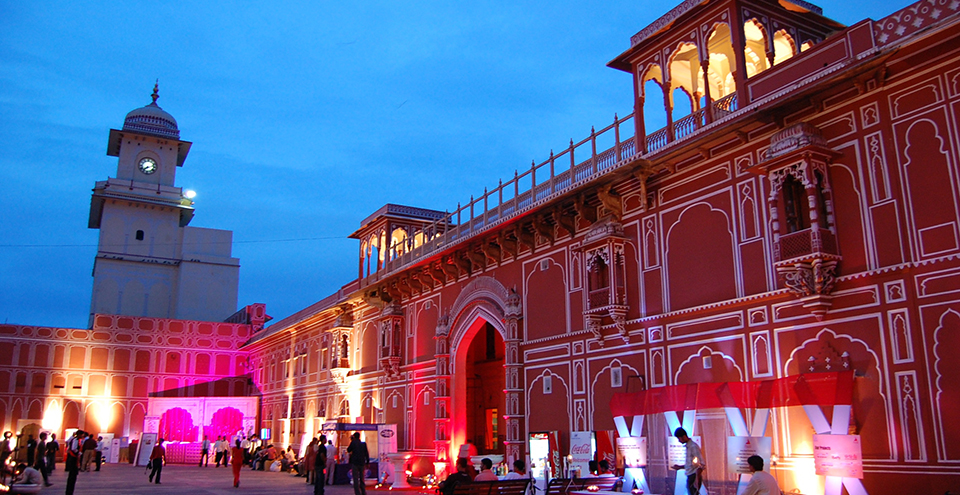
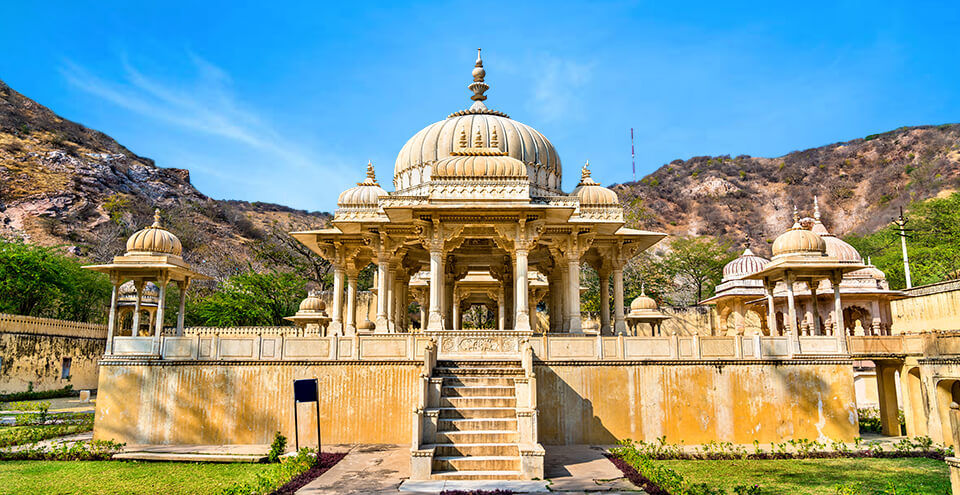
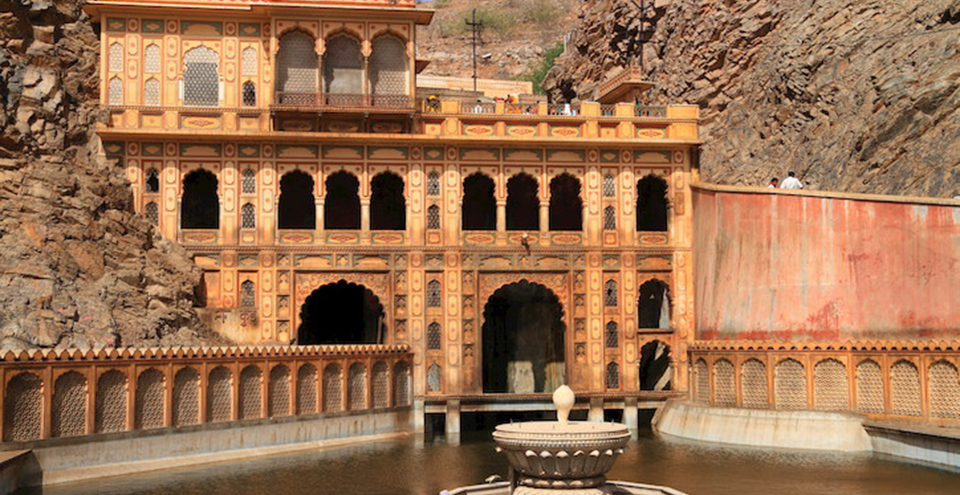
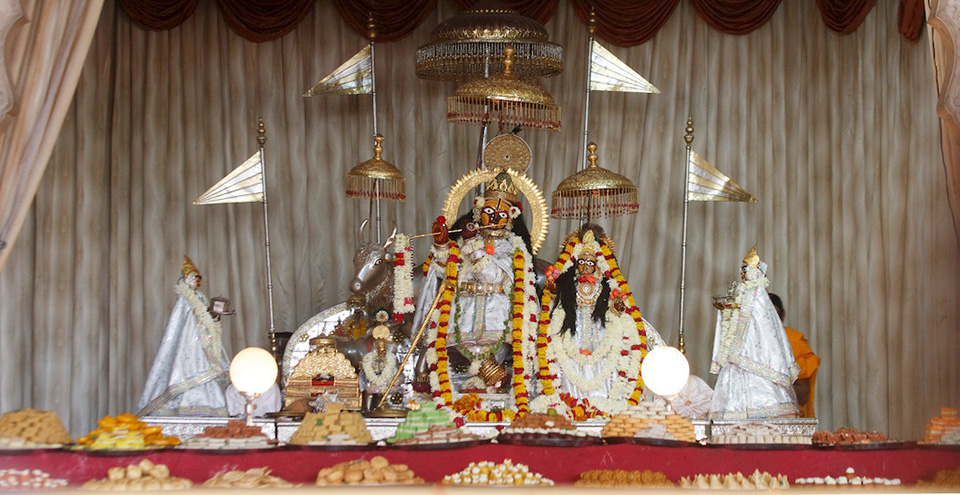
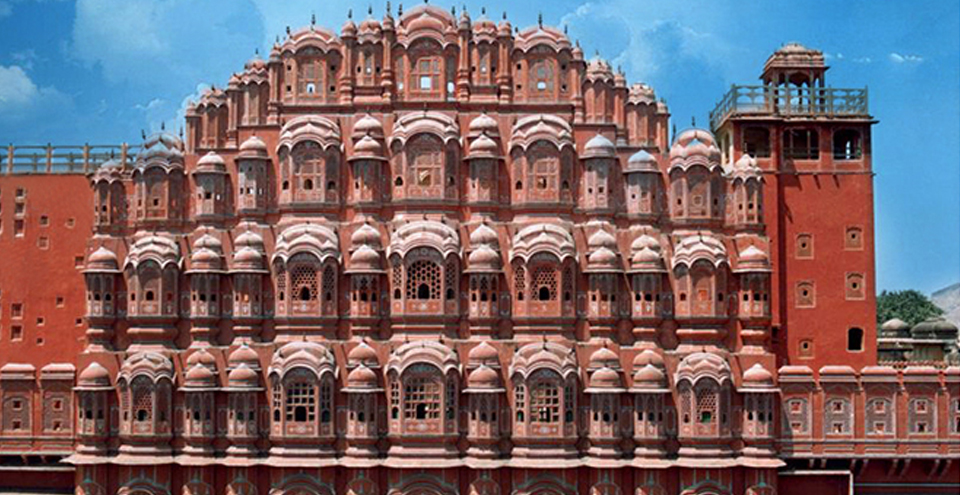
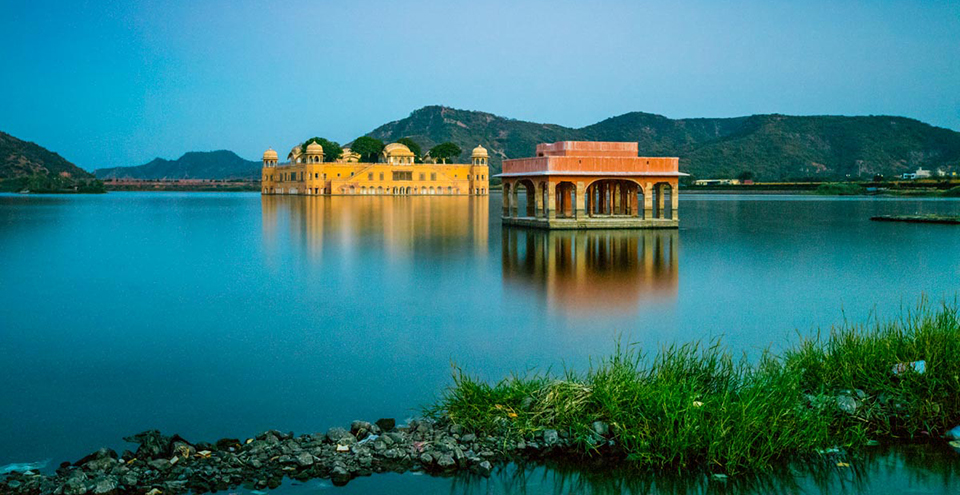
Surya Haveli: Located in Jaipur and approximately 0.5 kilometres from from Amber Fort, the Surya Haveli is a luxury hotel that offers a glimpse into the Pink City's other side. The Surya haveli is surrounded by the gently sloping Aravalli Hills. Only a short drive away are the captivating sites of Jaipur.
Hotel Amer View: Hotel Amer View is about 1.5 km away from the Amer Fort. Each AC/non-AC room has a classic Rajasthani design and is furnished with a desk, direct-dial phone, wardrobe, and satellite television. The hotel's multi-cuisine restaurant serves delicious Mughlai, Chinese, and continental cuisine.
The Amer Valley by Parfait Jaipur: The Amer Valley is 3.5 Km away from Amer Fort & Palace.
Hotel Manbhar: Amer Fort is 3.6 Km away from Hotel Manbhar.
Hotel Royal Amer City: This Hotel is 3.4 Km away from the Amer Palace.
You Can Also Check Out Our Other Blog in the Rajasthan Fort Series -
Amer Amer fort Amber Amber fort Rajputana culture Kachchawah Mughal art Amer Palace Places near Amer Fort to Visit Hotels to stay near Amer Fort Amer Elephant ride Devsingpura
Comments